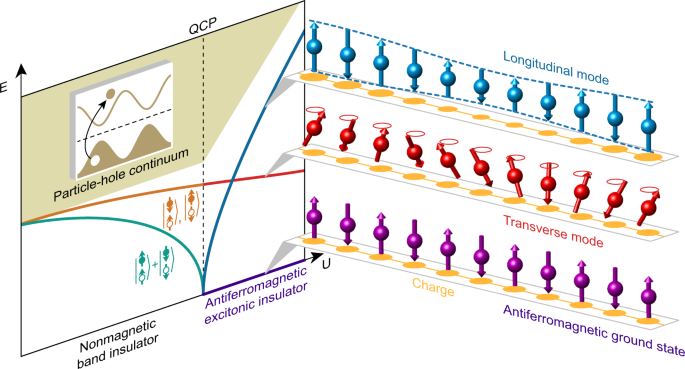2022-05-23 アメリカ国立標準技術研究所(NIST)
米国国立標準技術研究所(NIST)の研究者たちは、セシウム原子の小さなガラスシリンダーを特注の銅製「ヘッドフォン」のようなもので囲むことによって、原子ラジオ受信機の感度を100倍向上させた。
この構造は、2つの正方形のパネルをつなぐ正方形の頭上ループで、パネル間のフラスコ(ベーパーセルとして知られている)内の気体原子に印加される電波信号(電場)を増大させる。この強化により、無線受信機は以前よりはるかに弱い信号を検出することができるようになりました。
このヘッドホン構造は、技術的にはスプリットリング共振器であり、メタマテリアルのような働きをするものである。
<関連情報>
- https://www.nist.gov/news-events/news/2022/05/custom-headphones-boost-atomic-radio-reception-100-fold
- https://aip.scitation.org/doi/10.1063/5.0088532
スプリットリング共振器を用いたリュードベリ原子を用いた電界検出の増強 Rydberg atom-based field sensing enhancement using a split-ring resonator
Christopher L. Holloway, Nikunjkumar Prajapati, Alexandra B. Artusio-Glimpse, Samuel Berweger, Matthew T. Simons, Yoshiaki Kasahara, Andrea Alù, and Richard W. Ziolkowski
Applied Physics Letters Published: 20 May 2022
DOI:https://doi.org/10.1063/5.0088532

ABSTRACT
We investigate the use of a split-ring resonator (SRR) incorporated with an atomic-vapor cell to improve the sensitivity and the minimal detectable electric (E) field of Rydberg atom-based sensors. In this approach, a sub-wavelength SRR is placed around an atomic vapor-cell filled with cesium atoms for E-field measurements at 1.3 GHz. The SRR provides a factor of 100 in the enhancement of the E-field measurement sensitivity. Using electromagnetically induced transparency (EIT) with Aulter–Townes splitting, E-field measurements down to 5 mV/m are demonstrated with the SRR, while in the absence of the SRR, the minimal detectable field is 500 mV/m. We demonstrate that by combining EIT with a heterodyne Rydberg atom-based mixer approach, the SRR allows for a sensitivity of 5.5 μV/m√Hz, which is two-orders of magnitude improvement in sensitivity than when the SRR is not used.



